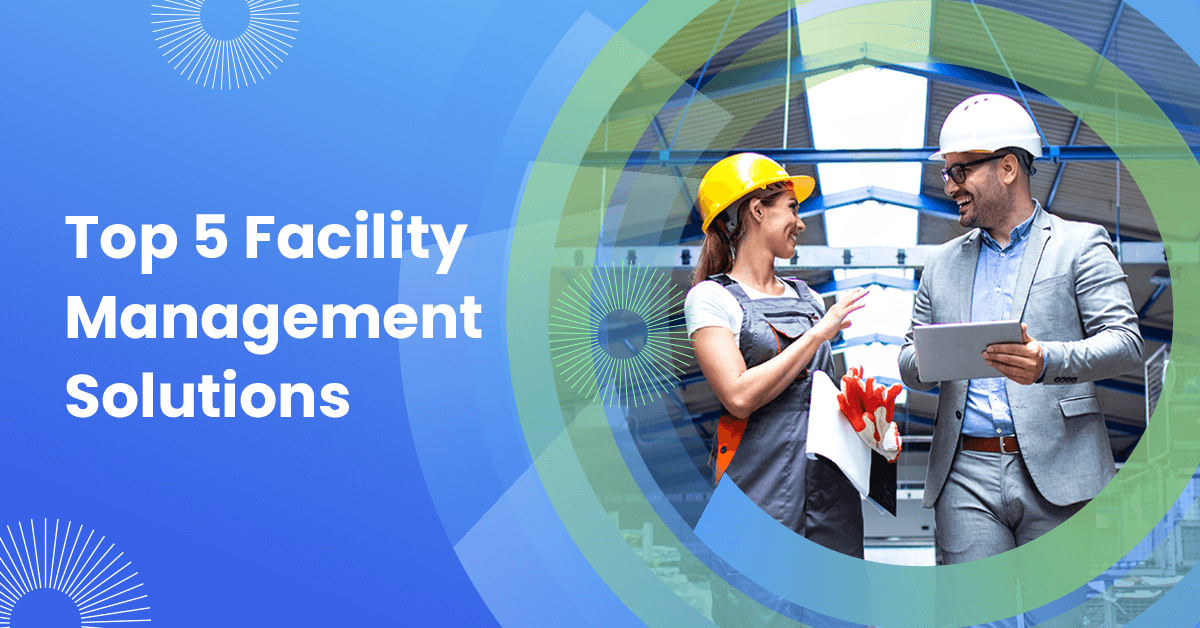The Importance of Sustainability in Facility Management Practices
The Importance of Sustainability in Facility Management Practices
Blog Article
The Crucial Overview to Center Administration: Strategies for Success
Center administration plays a critical function in the total success of an organization, offering as the foundation that supports efficiency, security, and performance. The subtleties of effective facility administration prolong past plain logistics and require an extensive understanding of both measurable and qualitative metrics.
Understanding Facility Administration
What makes up efficient center monitoring? Effective facility management encompasses the sychronisation of different business features to make sure that constructed settings are secure, reliable, and conducive to productivity. Facility Management. It integrates the principles of business, engineering, and style monitoring to develop a smooth functional flow within a company
Trick components of center administration include area planning, maintenance monitoring, and conformity with health and wellness policies. Space planning concentrates on maximizing making use of physical resources to support organizational objectives, while upkeep monitoring makes certain that centers are maintained in optimum condition, optimizing life-span and decreasing operational prices. Conformity with governing and lawful standards is essential, as it safeguards the company against potential liabilities and improves its online reputation.
Moreover, efficient facility monitoring counts on the calculated usage of technology, such as Building Administration Solution (BMS) and Computer-Aided Facility Management (CAFM) tools. These modern technologies promote real-time tracking of building systems and enhance maintenance processes. Inevitably, an extensive strategy to center monitoring not only promotes functional performance but likewise promotes a positive setting for visitors and staff members alike, driving total business success.
Key Approaches for Optimization
Enhancing center administration requires a calculated method that aligns operational exercise with business objectives. To accomplish this, the first key approach is the implementation of integrated technological options. Making use of innovative software systems permits for real-time surveillance of center procedures, helping with data-driven decision-making and improving overall effectiveness.
Secondly, regular analyses of center performance are important. Performing routine assessments and audits enables facility supervisors to identify locations that require improvement, making certain that sources are designated properly. This aggressive approach assists in minimizing downtime and boosting solution shipment.
Another critical technique is fostering collaboration across divisions. By urging open interaction in between groups, facility managers can much better straighten their methods with company goals, resulting in enhanced operational harmony. Furthermore, engaging personnel in training programs advertises a society of liability and boosts their ability to add to optimization initiatives.
Enhancing Safety Protocols
Enhancing safety protocols is necessary for developing a safe and secure atmosphere within centers. A detailed security procedure not only protects visitors and staff members yet also boosts operational performance. To accomplish this, center supervisors have to carry out regular threat assessments to make certain and identify prospective risks that ideal procedures are in location.
Educating and education are essential parts of efficient safety and security protocols - Facility Management. Employees should get recurring training in emergency situation procedures, devices handling, and personal safety measures. Routine drills, such as fire discharges or lockdown procedures, foster familiarity and readiness among team
Furthermore, clear communication networks need to be developed to report safety concerns without delay. This includes producing an easily accessible system for staff members to articulate prospective threats or incidents without anxiety of reprisal. In addition, leveraging modern technology can boost safety measures; for instance, applying security systems and access controls aids keep track of facility tasks and limit unauthorized access.
Lastly, compliance with regional laws and sector standards is non-negotiable. Normal audits and evaluations of safety protocols make certain placement with current legislations and best techniques. By focusing on these strategies, facility supervisors can cultivate a culture of safety that secures all stakeholders and inevitably adds to the company's success.
Improving Work Environment Environment

Ergonomic considerations are necessary to lessen physical strain and pain. Facility Management. This involves supplying adjustable furnishings, appropriate lighting, and adequate space for motion. These changes can result in lowered absence and enhanced work contentment
Aesthetic appeals play a vital duty in forming the office environment. Using shade psychology, natural illumination, and greenery can cultivate a boosting and welcoming environment. Thoughtfully developed rooms can improve creativity and boost overall well-being.
Additionally, urging worker engagement through inclusive decision-making procedures more info can improve the feeling of possession and belonging. Collecting comments on office enhancements and involving staff members in the design process can result in a more customized setting that meets their demands.
Finally, promoting wellness efforts, such as health cares and leisure spaces, can further contribute to a helpful office society. By concentrating on these techniques, facility managers can effectively improve the office atmosphere, driving both worker contentment and organizational success.
Measuring Success in Facilities
Measuring success in center management needs a thorough strategy that reviews both qualitative and measurable metrics. Quantitative metrics normally consist of key performance indications (KPIs) such as space use rates, power intake, upkeep expenses, and tenancy degrees. These metrics give a clear image of operational efficiency and monetary performance, permitting facility supervisors Facility Management to determine areas for enhancement and standard against market requirements.
Qualitative metrics, on the various other hand, concentrate on individual contentment and worker interaction. Surveys and feedback mechanisms can assess just how well the facilities fulfill the requirements of occupants, helping to assess the general office atmosphere. This aspect is vital, as a satisfied workforce is frequently connected to raised productivity and retention rates.
To efficiently gauge success, center supervisors should also think about incorporating innovation, such as building administration systems and data analytics devices, to accumulate and analyze pertinent data. Routinely reviewing both sets of metrics enables for an extra balanced sight of performance and educates calculated choices. Ultimately, an effective facility management strategy pivots on a dedication to constant enhancement, making certain that both operational performances and customer satisfaction are prioritized.
Verdict

Center monitoring plays an important role in the overall success of a company, serving as the backbone that supports productivity, safety, and efficiency.Key components of center administration consist of area preparation, maintenance management, and conformity with health and safety and security policies.Furthermore, efficient center administration relies on the tactical usage of innovation, such as Building Monitoring Systems (BMS) and Computer-Aided Center Administration (CAFM) devices. Ultimately, a thorough strategy to center management not only promotes operational efficiency yet additionally promotes a favorable environment for visitors and staff members alike, driving overall organizational success.
Inevitably, an effective center management method pivots on a commitment to constant improvement, ensuring that both operational performances and user complete satisfaction are focused on.
Report this page